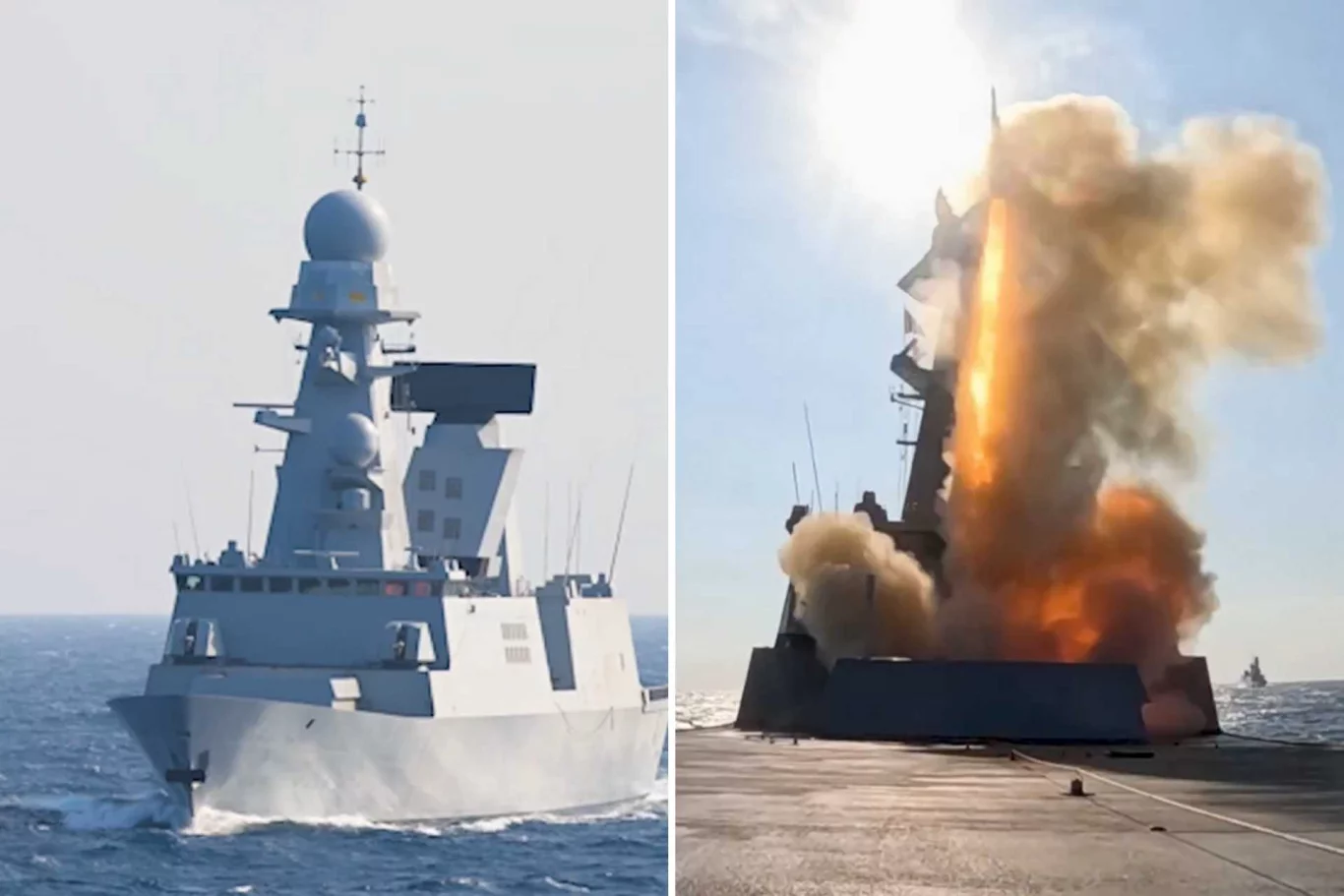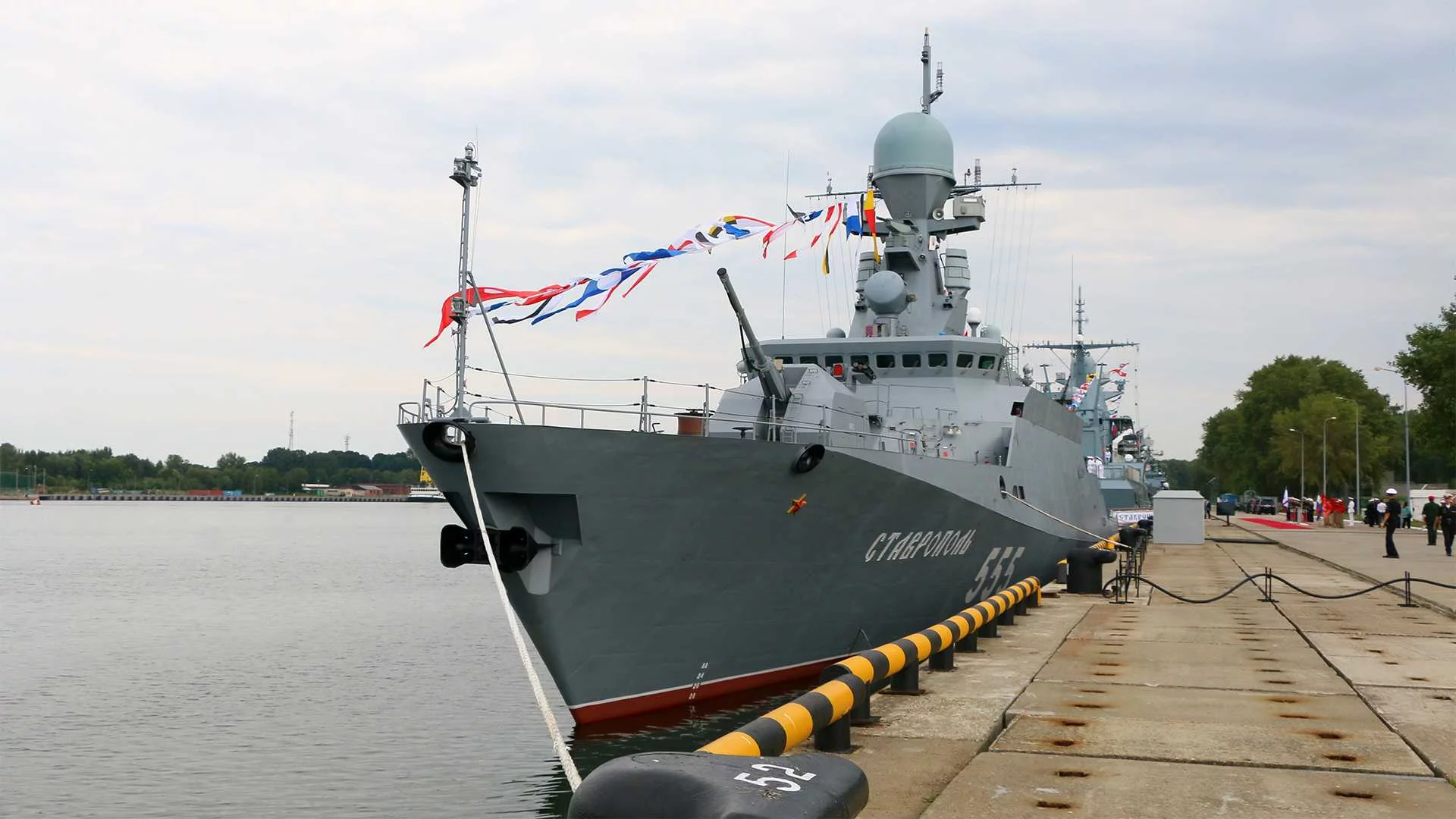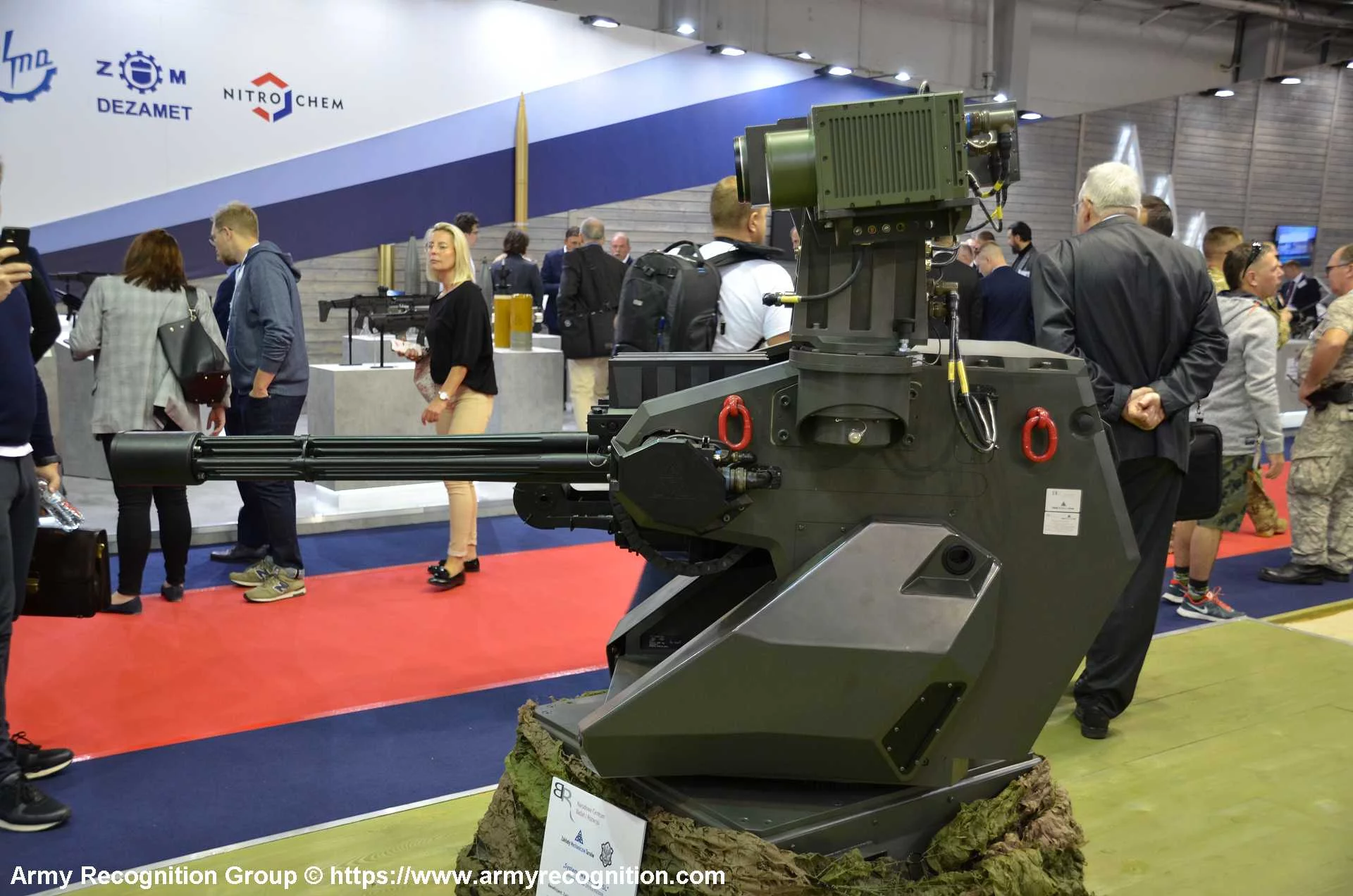In a groundbreaking achievement that has sent shockwaves through the global defense community, the French Navy has just pulled off what many experts are calling a game-changer in modern naval warfare. On October 17, 2025, the air-defense frigate Forbin, a pinnacle of European engineering, made history by successfully intercepting a live AASM (Armement Air-Sol Modulaire) precision-guided bomb using an advanced Aster 30 surface-to-air missile. This isn’t just another routine exercise—it’s the very first time in the world that a warship has demonstrated the capability to neutralize an air-launched guided bomb mid-flight, proving that today’s naval forces can adapt to the ever-evolving threats of precision strikes from the skies.
To fully appreciate the significance of this event, let’s dive into the background of the key players involved. The Forbin, designated as D620, is part of the elite Horizon-class frigates, a collaborative project between France and Italy designed specifically for high-intensity air defense roles. Commissioned back in 2010, this vessel weighs in at around 7,000 tons when fully loaded and can slice through the waves at speeds exceeding 29 knots. It’s not just about speed and size, though; the Forbin is armed to the teeth with cutting-edge technology, including the Principal Anti-Air Missile System (PAAMS), which integrates seamlessly with the Thales Héraklès multifunction radar. This radar is a marvel in itself, capable of detecting and tracking multiple threats simultaneously over vast distances, providing the frigate with eyes that see far beyond the horizon.
The target in this historic test was no ordinary projectile. The AASM, often referred to as the “Hammer” in military circles, is a modular air-to-ground weapon system developed by Safran Electronics & Defense. Launched from a Rafale Marine fighter jet—a versatile multirole aircraft that’s the backbone of France’s naval aviation—the AASM isn’t your grandfather’s dumb bomb. It’s smart, agile, and deadly precise. Equipped with GPS/INS guidance, infrared imaging, or even laser-seeking capabilities depending on the variant, it can perform autonomous corrections mid-flight, execute high-G maneuvers to evade defenses, and strike with pinpoint accuracy from standoff ranges. Imagine a bomb that can weave through the air like a guided missile, dropping at low altitudes and high speeds to minimize detection time. That’s the kind of advanced threat the Forbin faced head-on.
The test scenario was meticulously crafted to mimic real-world combat conditions, where enemy aircraft might release ordnance from safe distances, forcing naval defenses to react swiftly to incoming munitions rather than the planes themselves. As the Rafale Marine released the AASM, the Forbin’s Héraklès radar sprang into action, locking onto the fast-approaching bomb in real time. Within mere seconds—a testament to the system’s lightning-fast processing—the PAAMS computed an optimal intercept trajectory. From the ship’s Sylver A50 vertical launch system, an Aster 30 missile roared to life, streaking into the sky with a plume of smoke and fire.
What makes the Aster 30 so special? Developed by MBDA as part of a Franco-Italian joint venture, this missile is the longer-range sibling in the Aster family, complementing the shorter-range Aster 15. It boasts an impressive engagement envelope: over 120 kilometers in range and up to 20 kilometers in altitude. Powered by a solid-fuel two-stage motor, it accelerates rapidly to supersonic speeds. But its true genius lies in the guidance system. An active radar seeker allows it to home in on targets independently, while inertial navigation with mid-course updates ensures accuracy. The pièce de résistance is the PIF-PAF (Pilotage en Force – Pilotage Aérodynamique Fort) system, which combines aerodynamic fins with lateral gas thrust vectors for razor-sharp maneuvers in the final seconds of interception. This setup isn’t just for shooting down planes or cruise missiles; as proven here, it can handle non-ballistic threats like guided bombs that twist and turn unpredictably.
The interception itself was a direct hit, obliterating the AASM before it could enter its terminal dive phase. French defense officials hailed this as a “decisive validation” of the Forbin’s combat prowess, emphasizing how it extends the Navy’s multi-layered defense strategy. In an era where naval battles could involve saturation attacks—swarms of drones, missiles, and guided munitions overwhelming a fleet—this capability allows ships like the Forbin to neutralize threats at the outermost layers, protecting not just themselves but entire task groups. Think about the implications for France’s flagship aircraft carrier, the Charles de Gaulle, or the upcoming Porte-Avions Nouvelle Génération (PANG). With Forbin as an escort, these high-value assets gain an extra shield against the kinds of standoff precision strikes that have become hallmarks of modern conflicts, from the skies over Ukraine to hypothetical tensions in the Indo-Pacific.
This milestone doesn’t exist in a vacuum; it reflects broader trends in naval warfare. Historically, air defense at sea focused on aircraft and incoming missiles, but as technology advances, adversaries are increasingly relying on smart bombs and loitering munitions that can be launched from beyond radar horizons. By targeting the weapon itself rather than the delivery platform, systems like the Aster 30 offer flexibility in chaotic, multi-axis engagements. It’s a shift toward networked warfare, where sensor fusion, data links like Link 16, and cooperative engagement capabilities allow allied forces to share targeting information in real time. The Forbin, along with its sister ship Chevalier Paul, stands as a cornerstone of France’s contribution to NATO’s maritime air defense grid, ensuring interoperability in joint operations.
Looking deeper into the technical specs, the Sylver A50 launchers on the Forbin can hold up to 48 missiles, mixing Aster 15s for close-in defense and Aster 30s for extended reach. The combat management system, evolved from DCNS’s SENIT platform, orchestrates everything from threat assessment to weapon assignment with minimal human intervention, reducing reaction times to fractions of what they were in older generations of warships. This integration is what allowed the Forbin to perform flawlessly in such a complex scenario, where the AASM’s low radar cross-section and evasive profile could have easily fooled lesser systems.
The broader European defense landscape benefits immensely from this success. As tensions rise globally—with ongoing conflicts highlighting the vulnerability of naval forces to aerial attacks—France’s demonstration positions its technology as a benchmark. MBDA’s Aster family is already exported to several nations, and this test could spur further adoptions, strengthening alliances and deterring potential aggressors. It’s a reminder that innovation in defense isn’t just about building bigger ships or faster jets; it’s about creating systems that outsmart the threats of tomorrow.
In conclusion, the French Navy’s Forbin frigate has not only etched its name in the annals of military history but has also redefined the boundaries of naval air defense. By intercepting an AASM guided bomb with the Aster 30, it showcases Europe’s commitment to staying ahead in an increasingly dangerous world. As naval strategies evolve, expect more such feats to emerge, but for now, this world-first achievement stands as a beacon of technological triumph on the high seas.




